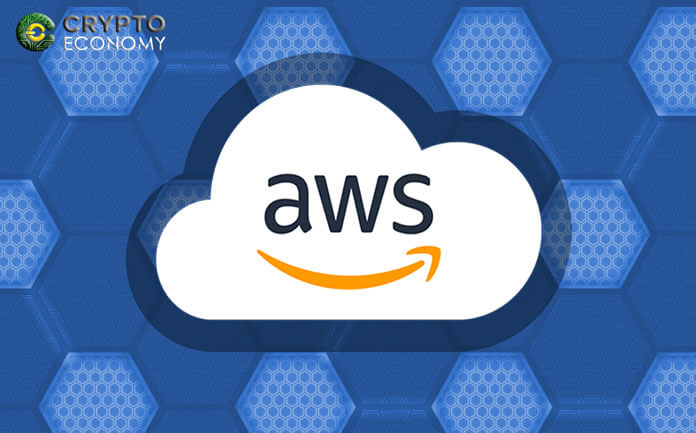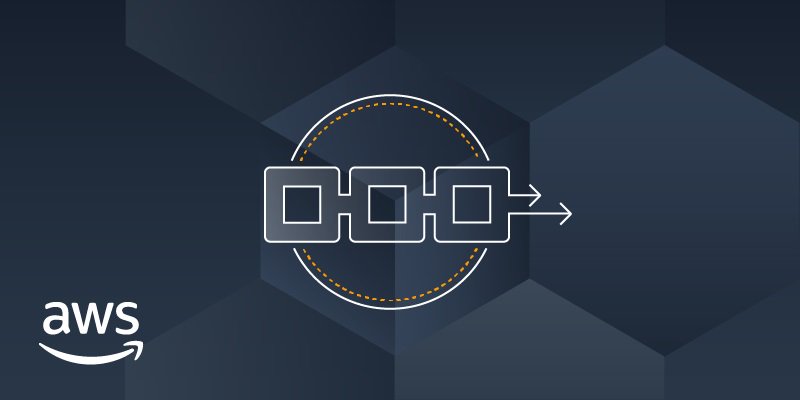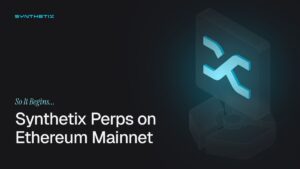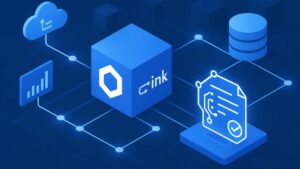Amazon, the leading tech giant is again expanding its service offering. In its latest offering, the company is seeking to take advantage of the blockchain craze and launching a corporate blockchain service.
Dubbed ‘Amazon Managed Blockchain’, the service is designed to make it easy for corporate clients to create and manage scalable blockchain networks.
Announced yesterday, during Amazon’s annual re:Invent conference, the Amazon Managed Blockchain will allow users to build custom blockchain networks based on either Hyperledger Fabric or Ethereum [ETH]. However, at the time of the announcement, the Ethereum option is unsupported, the company expects to support Ethereum in a few months.
In yesterday’s conference, one other product was announced that could be used in conjunction with the managed blockchain service, the Amazon Quantum Ledger Database (QLDB). Not a blockchain service per se, the QLDB is a database that could be used by clients building blockchains to store their data with AWS. According to the company,
“Managed Blockchain can replicate an immutable copy of your blockchain network activity into Amazon Quantum Ledger Database (QLDB), a fully managed ledger database. This allows you to easily analyze the network activity outside the network and gain insights into trends.”
It is close to a year now that the CEO of Amazon Web Services, Andy Jassy said that he is not interested in blockchain services. Launching the Amazon Managed Blockchain is a complete turnaround for the company. According to the CEO,
“this service is going to make it much easier for you to use the two most popular blockchain frameworks” referencing both Ethereum and Hyperledger Fabric frameworks.
AWS also promised that the new service will be able to scale to thousands of applications while also supporting millions of transactions simultaneously. The service is, however, not yet launched as it is available for preview allowing interested parties to sign up for beta testing. Once a sign up has been approved, the user can then be able to create a custom blockchain on a template, invite AWS members or create fictional members to test the interface by simulation.











